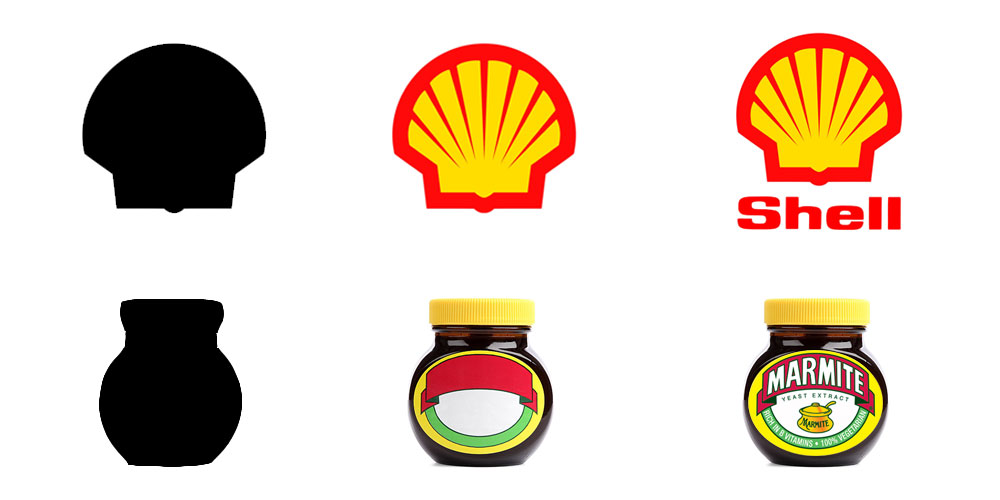I wasn’t aware until recently that my two-year-old son Tom can recognise certain brand marks (logos) he sees regularly.
For instance, while we were waiting in our GP surgery I was flicking through a local magazine, Tom recognised the Papa John’s logo and shouted “pizza!” – we only treat ourselves to a take away pizza if it’s a really busy week, but it was enough for him to see the take away pizza box a few times to imprint their logo in his little but highly sophisticated brain.
Another example, every Thursday morning Tom and I watch the recycling truck collecting our rubbish, he noticed the signs on the truck; one of them was clearly a painting of the Marmite jar, without the logo-type, and said “Marmite”, which is the spread he likes having on his toast with his soft-boiled egg.
How can a toddler recognise and remember logos without the ability to read? There’s a scientific explanation.
The sequence of visual perception
The science of perception examines how the human brain receives and processes sensory stimuli.
We acknowledge and remember shapes first, then colour and thirdly form/words. While visual images are processed directly, processing language requires a more complex brain activity.
It’s not just a toddler’s brain but also an adult’s brain that follows the same sequence.
Over time and with constant repetition (advertising, marketing, PR, graphic design, word of mouth, etc.) the logos of successful brands become recognisable and convey their message at the speed of light. For example, if I see a round green mermaid logo on a busy street I will know that it’s Starbucks – where fresh coffee is sold. The bright red and yellow shell logo will tell me that I can fuel my car.
I don’t know if you’ve noticed, strong brands such as Starbucks, Shell, Apple and Nike have removed the logo-type from their logos.
Simplified brands
They’re known all over the world, even by toddlers! And a simple strike of the Nike swoosh is enough to communicate everything about the company.
Understanding how the human brain processes visual stimuli gives brand identity designers insight into what works best when it comes to managing our perception, for example, using colour theory to create emotion and express personality of a brand.
How about your logo? What does your logo tell your audience about your business? What are the first three things that come to mind? Do you think that your logo represents your brand and lets your audience know who you are?

